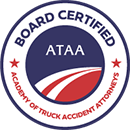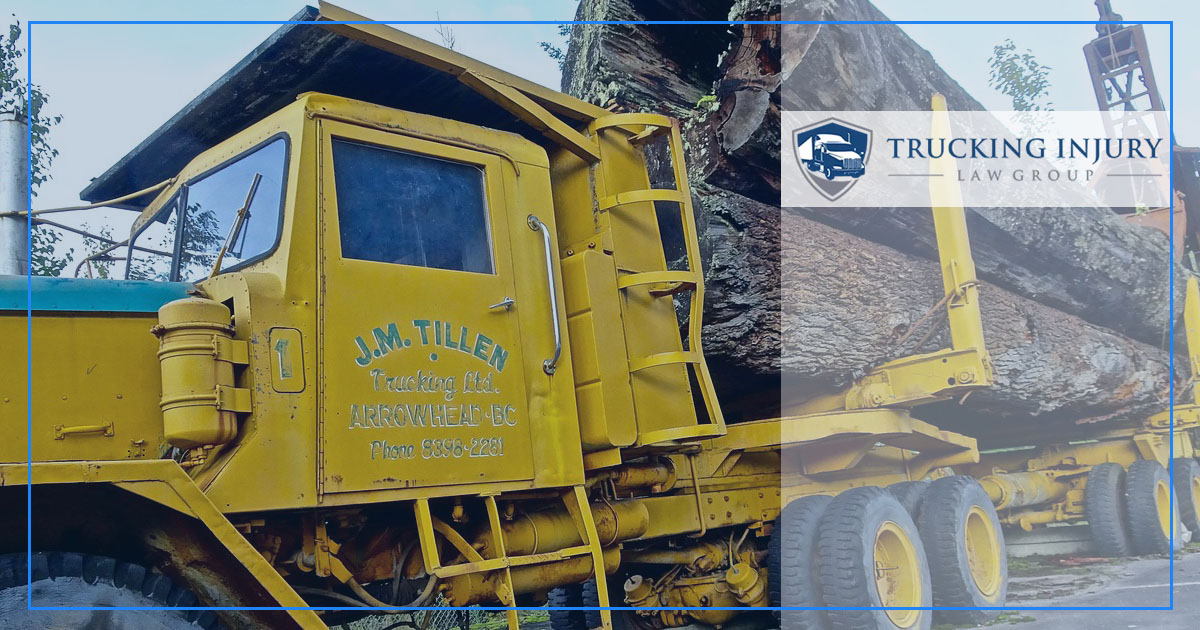What Makes Logging Trucks So Dangerous?
Logging consistently ranks among the most hazardous jobs in the country, according to the U.S. Bureau of Labor Statistics (BLS). That danger extends to the transportation segment of that industry. Many factors make logging trucks so dangerous. Understanding those factors could help you avoid an accident on the road.
Common Reasons for Logging Truck Crashes
The weight limit for a logging truck is similar to other trucks. That restriction is for forty tons or 80,000 pounds of logs. A fully loaded logging truck is at a greater risk of a rollover when those logs are not distributed properly on the truck bed.
Here are some of the common reasons for logging truck crashes that you need to be aware of:
Improper Loading
Logs can only be transported in an open trailer, which means they need to be stacked and secured. During transportation, it is not uncommon for those logs to shift. When excessive movement occurs, the logs could break loose and cause the truck to roll over.
Driver Impairment
A logging truck driver is susceptible to all the same kinds of impairment issues that any other type of big rig operator might experience. Those issues include the following:
- Fatigue
- Driving under the influence
- Distractions
- A failure to follow road signs
Any one of those conditions can trigger a catastrophic logging truck accident that could not only be devastating for the trucker, but also other motorists on the road.
Incomplete Driver Training
Not all truckloads are created equal. Each load has specifics that an experienced driver needs to adjust to. If a logging truck driver has incomplete training, that could lead to an accident. It would also mean that the trucking company that hired that driver could be held liable for that crash.
Equipment Failure
A trucker is responsible for inspecting their rig before and after every trip. Additional equipment inspections are required when operating a logging truck. Specifically, that includes the straps used to secure the logs. It only takes a minor failure of a single strap to cause a severe accident.
Avoiding Logging Truck Accidents
If you approach a fully loaded logging truck on the road, you are right to be cautious. A recent International Journal of Forest Engineering study found that the instances of fatal crashes involving logging trucks went up 41% over a five-year period between 2011 and 2015. While some time has passed since that study was published, it’s unlikely that much has changed in this respect. The silver lining in all this still holds true. You should always adopt defensive driving practices, especially when you approach a fully loaded logging truck.
It is important to maintain your distance. You never want to get too close to the back of a logging truck. If traffic conditions make it unavoidable, you could pull off the side of the road for a few minutes and let the truck pass. Remember that a truck needs around 600 feet to come to a complete stop.
You also need to be aware of the overhang from long tree trunks. Those should be flagged, but that doesn’t always happen, or the flag flies off. That issue can be compounded when driving at night.
Defensive driving also means being aware of your environment. If you are driving on forest roads, there might be lower visibility. You could also drive with your windows open to hear the sounds of approaching trucks.
When Accidents Happen
Despite your proactive approach to staying safe on the road, accidents happen. If you are involved in a collision with a logging truck, the Trucking Injury Law Group can help. We help clients file insurance claims and personal injury lawsuits in an effort to secure them fair compensation for their losses.
We support truck accident victims in Idaho, Washington, Oregon, and Nevada. If you are dealing with the aftermath of an accident with a logging truck, call to set up a consultation to discuss what happened.






